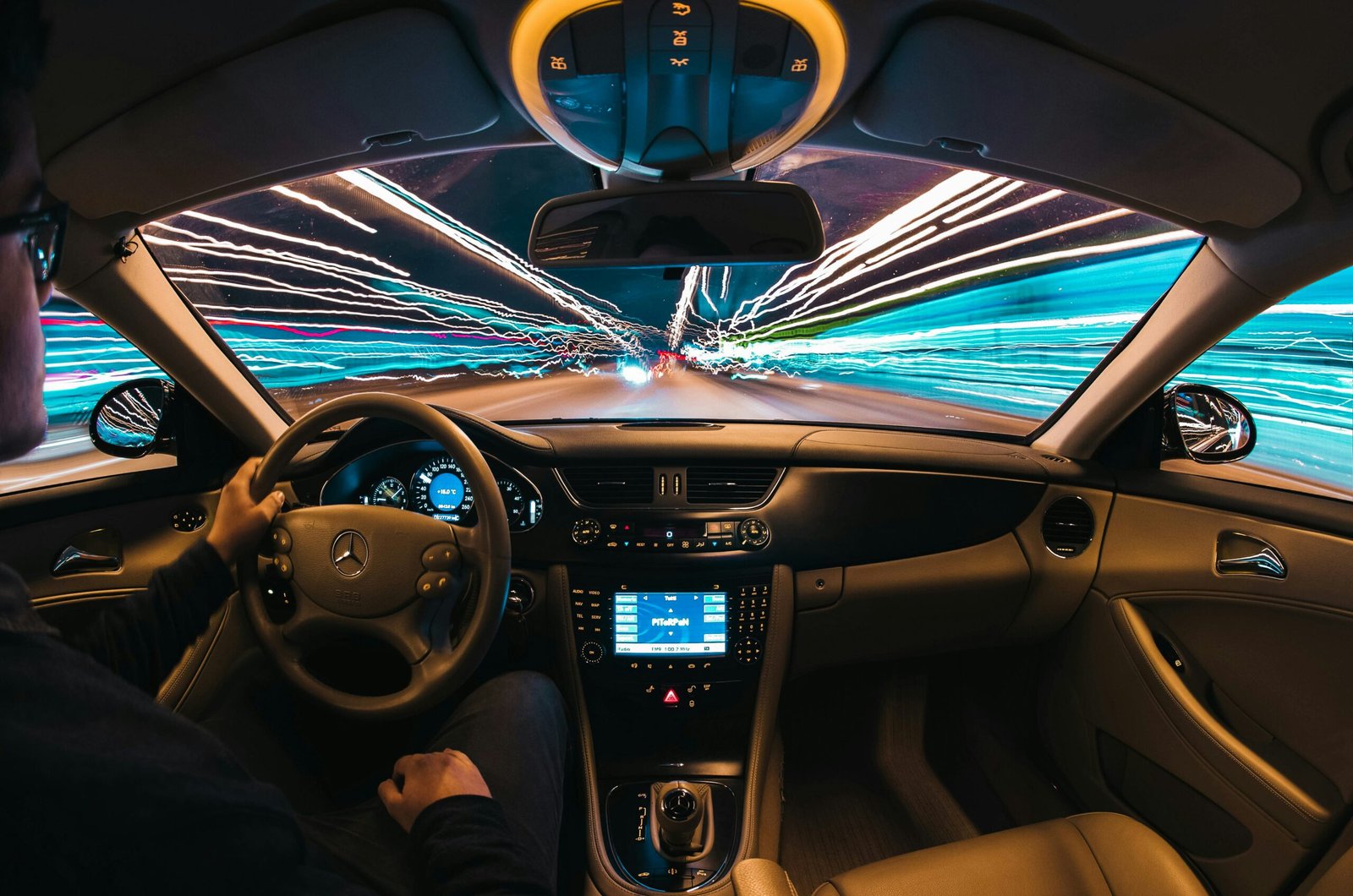The Future of Self-Driving Cars: Revolutionizing Transportation and Beyond

The Evolution of Self-Driving Cars
Self-driving cars, also known as autonomous vehicles, have been making waves in the transportation industry in recent years. With advancements in technology and the increasing demand for safer and more efficient transportation, self-driving cars are poised to revolutionize the way we travel. In this article, we will explore the current state of self-driving cars and their potential to shape the future of transportation.
How Self-Driving Cars Work
Self-driving cars rely on a combination of sensors, cameras, and artificial intelligence to navigate the roads. These vehicles use a variety of technologies, including radar, lidar, and GPS, to detect and interpret their surroundings. Through machine learning algorithms, self-driving cars can analyze data in real-time and make decisions based on road conditions, traffic patterns, and other factors.
One of the key components of self-driving cars is their ability to communicate with each other and with the infrastructure around them. This allows for better coordination and can help prevent accidents by alerting nearby vehicles of potential hazards or changes in traffic conditions.
The Benefits of Self-Driving Cars
Self-driving cars offer numerous benefits that have the potential to transform the way we commute and travel. One of the most significant advantages is increased safety. According to the World Health Organization, over 1.35 million people die in road traffic accidents each year. Self-driving cars have the potential to significantly reduce this number by eliminating human error, which is responsible for the majority of accidents.
Additionally, self-driving cars have the potential to improve traffic flow and reduce congestion. With their ability to communicate and coordinate with each other, self-driving cars can optimize routes and adapt to changing traffic conditions in real-time. This can lead to shorter travel times and a more efficient transportation system overall.
Self-driving cars also have the potential to increase accessibility and mobility for individuals who are unable to drive, such as the elderly or disabled. These vehicles can provide a new level of independence and freedom for those who may have previously relied on others for transportation.
The Challenges and Concerns
While the potential benefits of self-driving cars are exciting, there are still several challenges and concerns that need to be addressed. One of the main concerns is the issue of liability and responsibility in the event of an accident. Who is at fault if a self-driving car is involved in a collision? These questions need to be answered to ensure that the legal framework is in place to support the widespread adoption of self-driving cars.
Privacy and cybersecurity are also significant concerns when it comes to self-driving cars. These vehicles collect and store vast amounts of data, including personal information and location data. It is crucial to have robust security measures in place to protect this data from potential breaches.
Another challenge is the integration of self-driving cars into existing infrastructure. Our roads and transportation systems were not designed with autonomous vehicles in mind, and there may be a need for significant updates and modifications to accommodate self-driving cars safely and efficiently.
The Future of Self-Driving Cars
Despite the challenges, the future looks promising for self-driving cars. Major automotive companies and technology giants are investing heavily in autonomous vehicle research and development. Governments around the world are also recognizing the potential of self-driving cars and are working on regulations and policies to support their integration into society.
In the coming years, we can expect to see more self-driving cars on our roads as the technology continues to improve and become more affordable. This will lead to a shift in the way we think about transportation, with self-driving cars becoming a common sight in cities and highways.
As self-driving cars become more prevalent, we can also expect to see new business models and services emerge. Ride-sharing companies, for example, may adopt self-driving cars as part of their fleet, offering a more convenient and cost-effective alternative to traditional taxis or private vehicles.
Conclusion
Self-driving cars have the potential to revolutionize the way we travel, offering increased safety, improved efficiency, and greater accessibility. While there are still challenges and concerns to address, the future looks promising for autonomous vehicles. As technology continues to advance and regulations catch up, self-driving cars will become an integral part of our transportation system, navigating us into the future.





